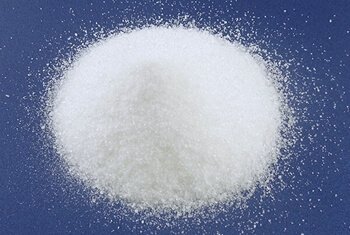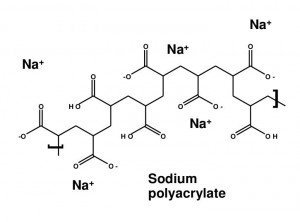Sodium polyacrylate is a versatile polymer known for its exceptional absorbent properties, widely used in everyday products such as diapers, pet pads, water retention materials for soil, instant snow, and more.

Properties:
- Superior Absorbency: Sodium polyacrylate can absorb hundreds of times its weight in water. Initially a powder, it transforms into a gel upon contact with moisture.
- Applications: Its unique gel-forming ability makes it ideal for use in diapers, ensuring comfort and leak protection even under prolonged use.

Chemical and Physical Characteristics:
- Appearance: Solid form is white or light yellow blocks or powder, while the liquid form is colorless or light yellow viscous liquid.
- Density: 1.32 g/mL at 25°C.
- Storage: Should be stored between 2-8°C.
- Form: Solid or liquid.
- Solubility: Easily soluble in aqueous caustic soda, tasteless.
- Stability: Generally stable under normal conditions.

Safety:
- Skin Contact: Sodium polyacrylate is non-irritating to the skin due to its polymer structure, which prevents absorption through the skin. Trace amounts of acrylic acid, a byproduct in manufacturing, are typically present but well below harmful levels.
- Toxicity: Considered safe with no significant health risks according to various safety data sheets. However, precautions are advised to prevent inhalation of powder or ingestion of large amounts.
- Environmental Impact: Large spills can create slippery surfaces and may cause blockages in sewer systems, necessitating proper handling and disposal procedures.
Conclusion: Sodium polyacrylate is a safe and effective material widely used in consumer products for its outstanding absorbency and minimal health risks when handled correctly.
